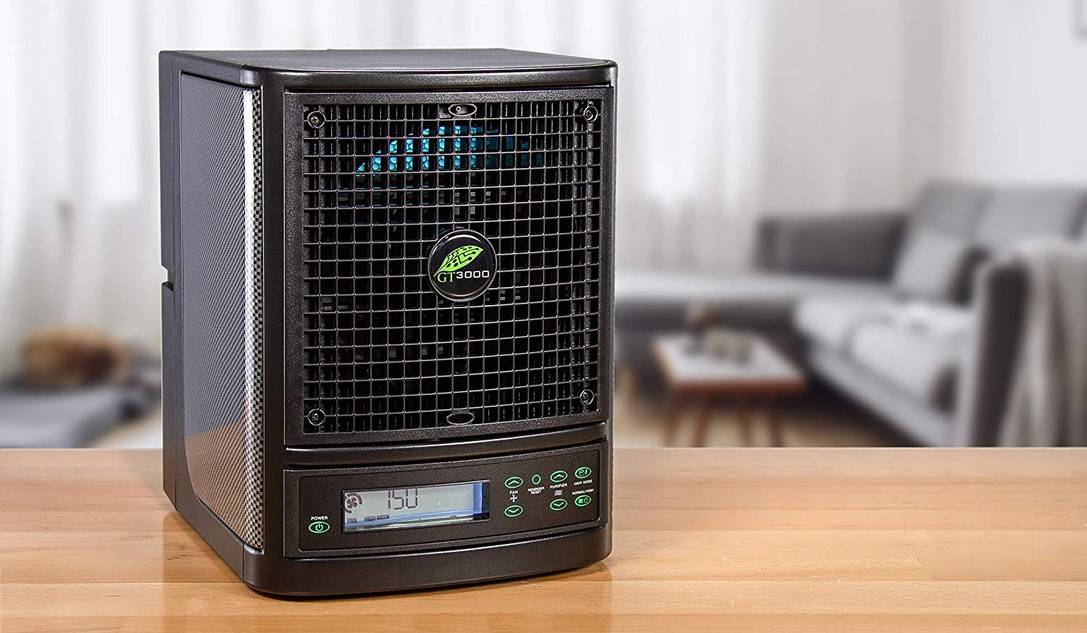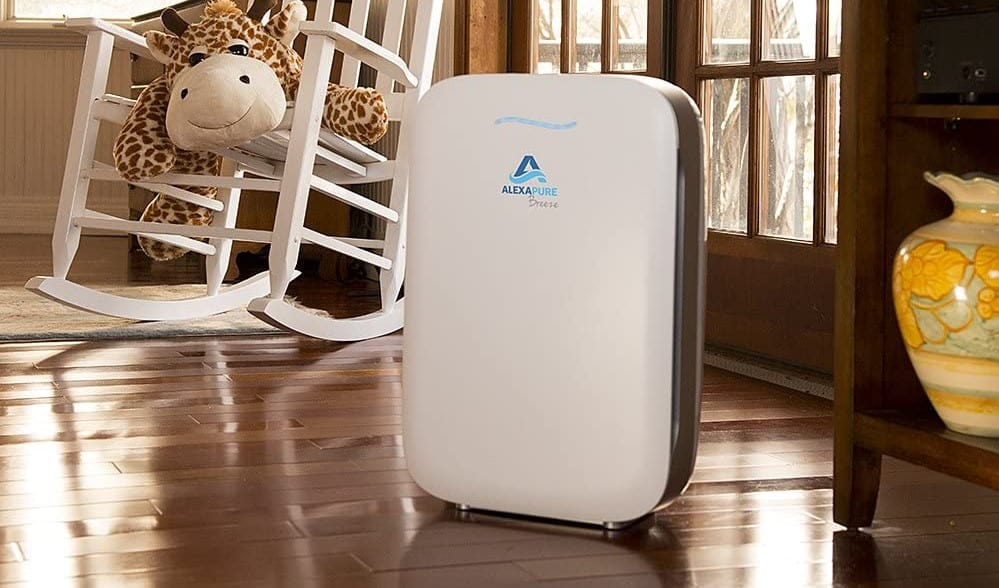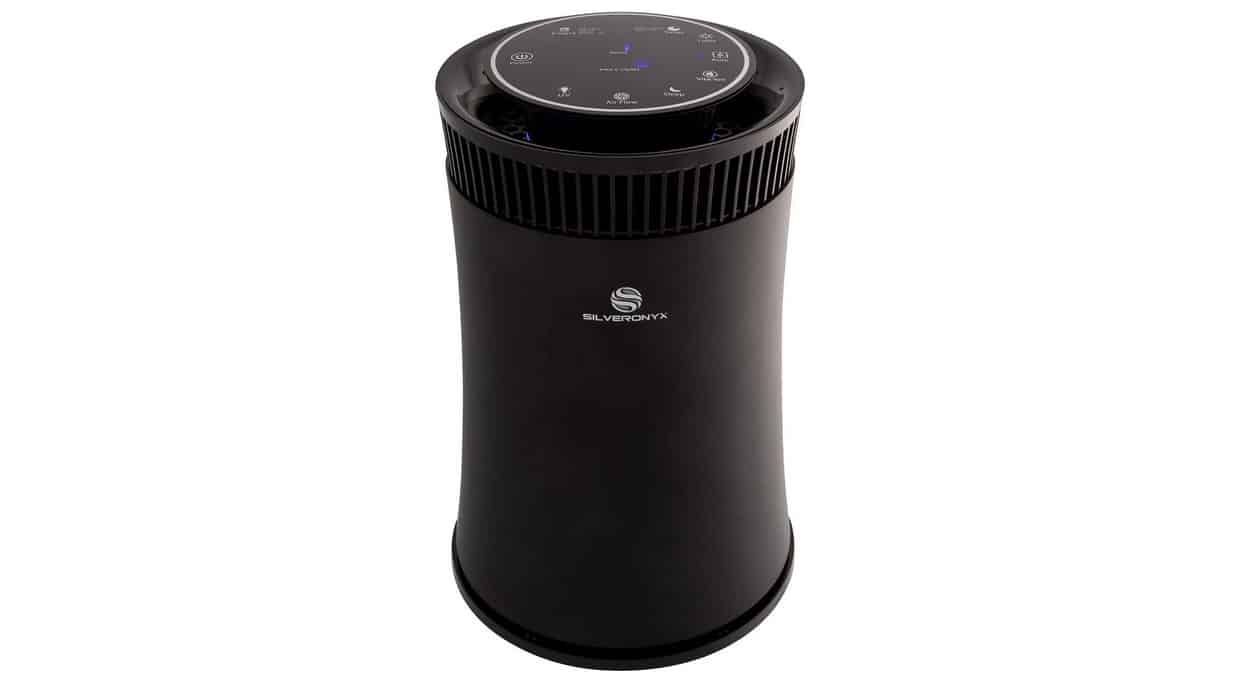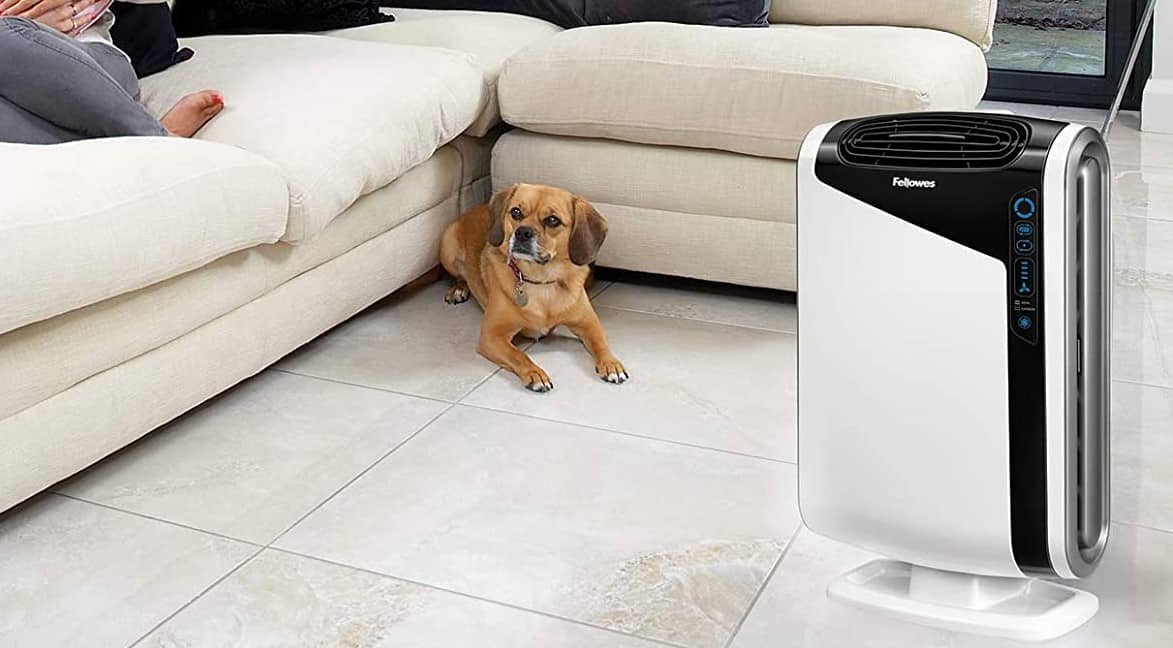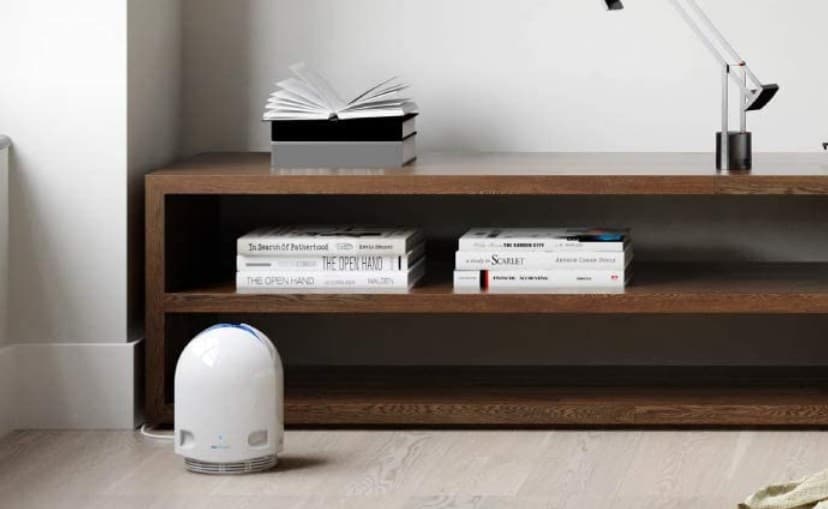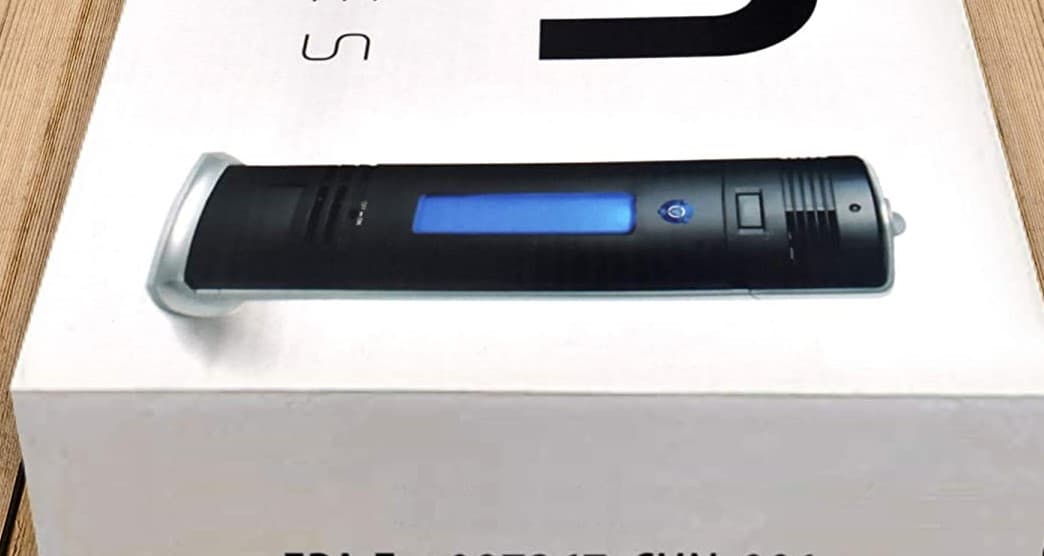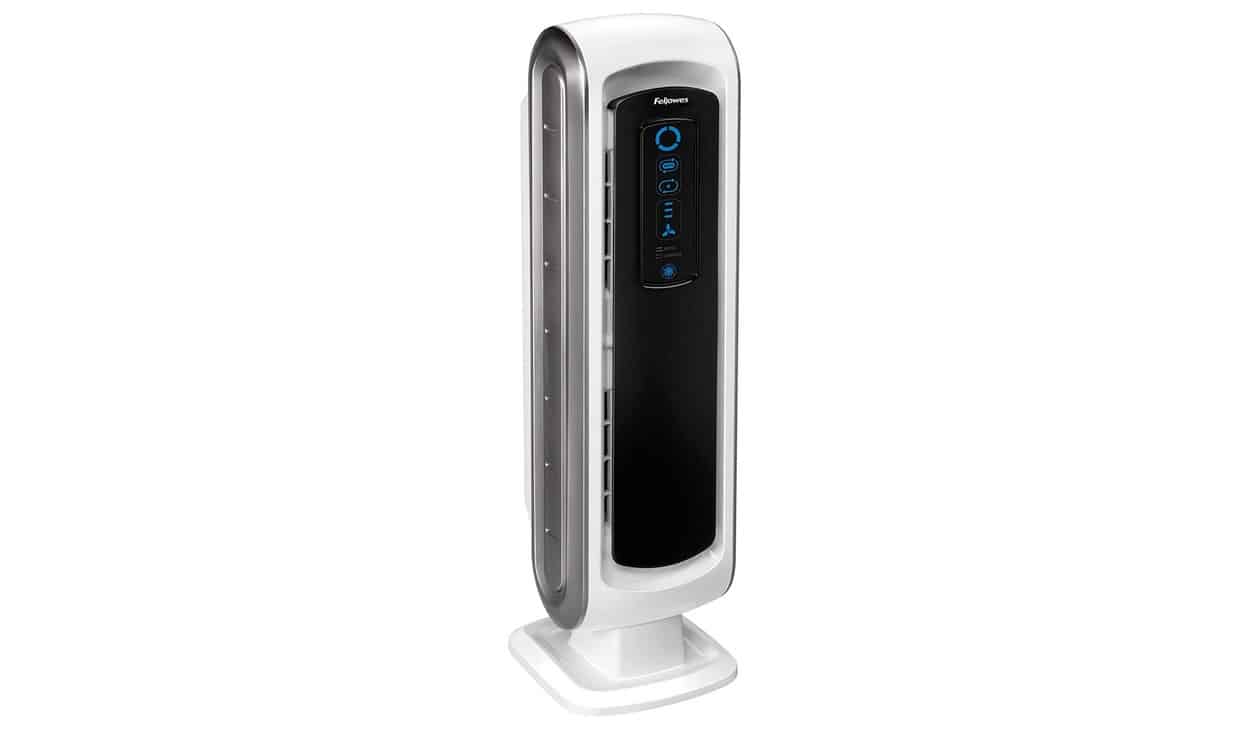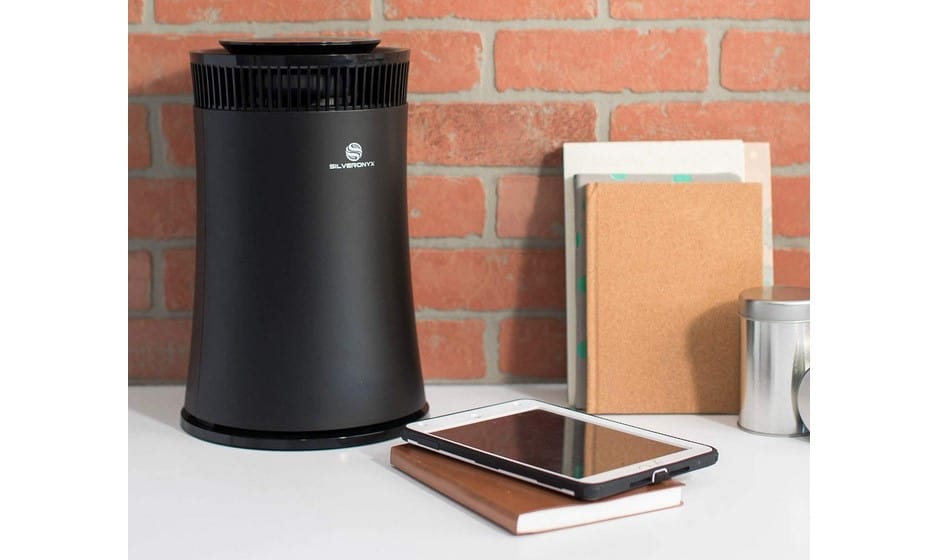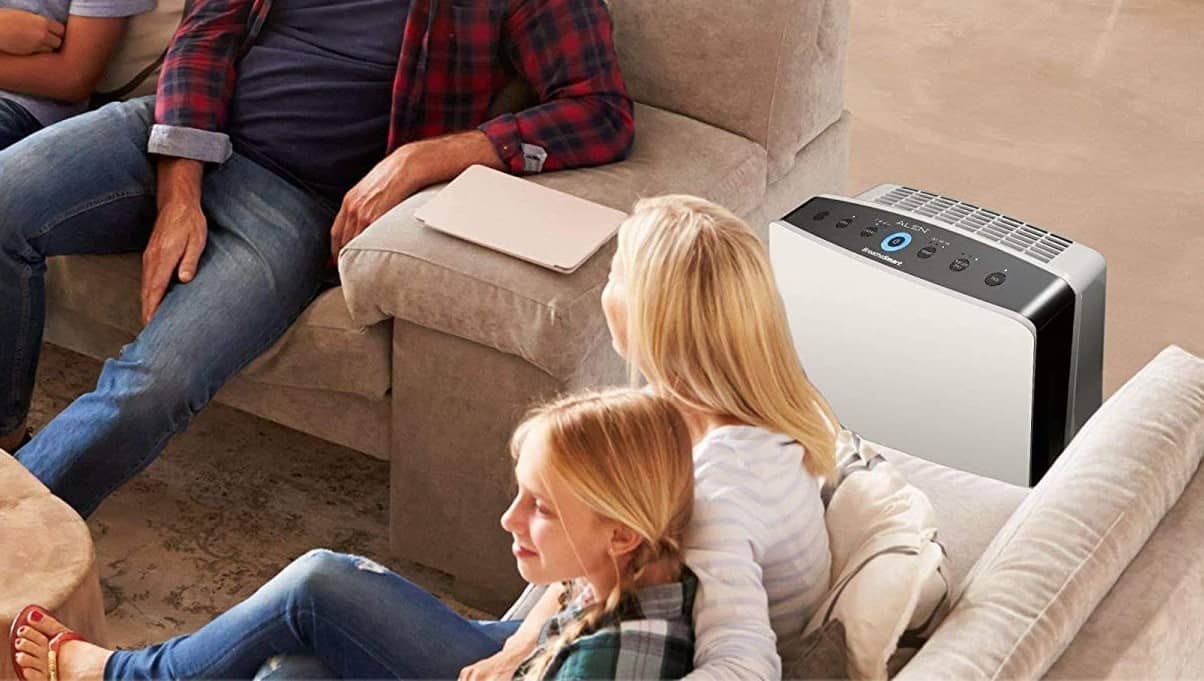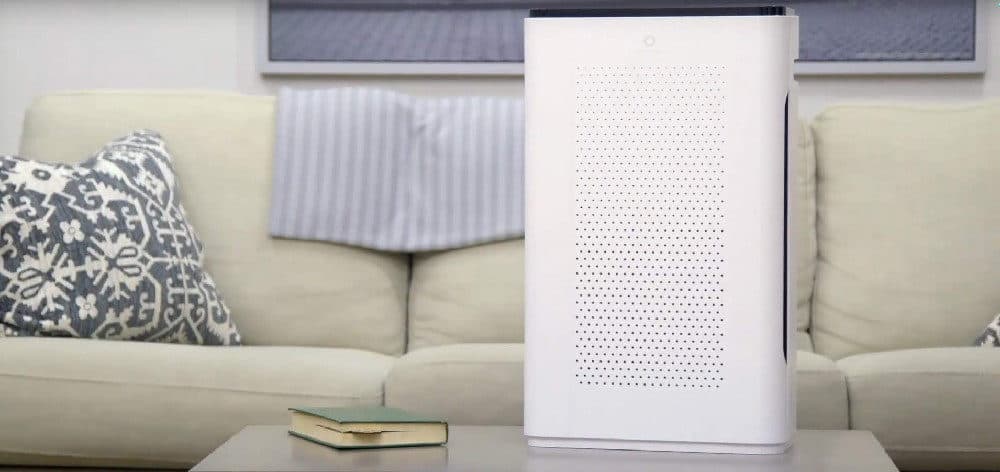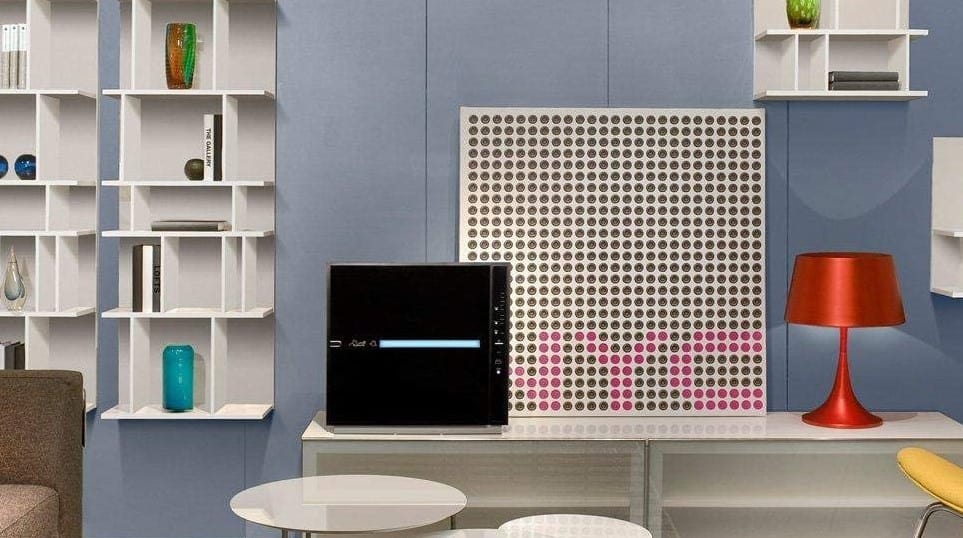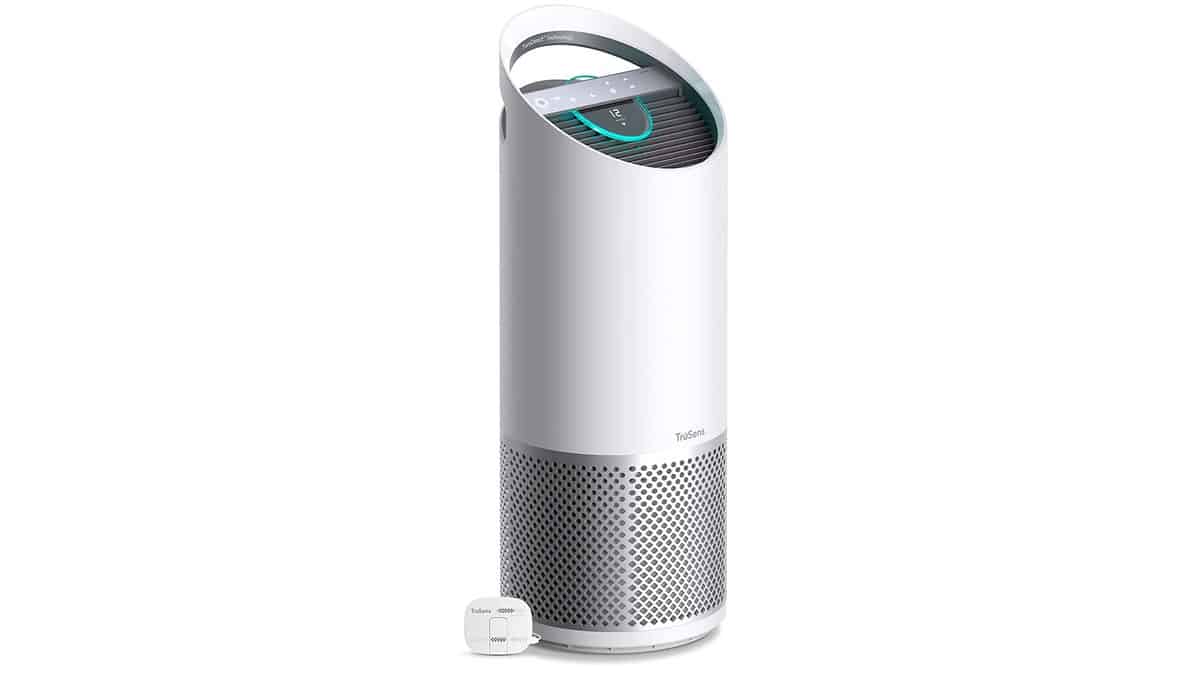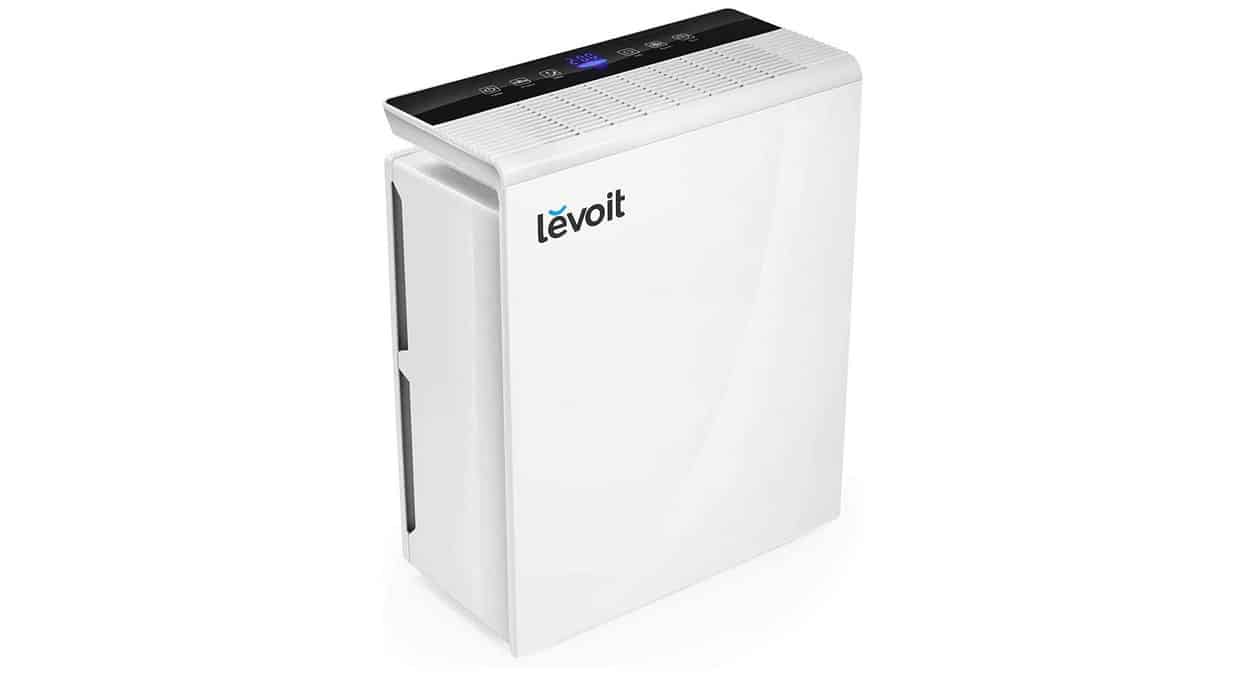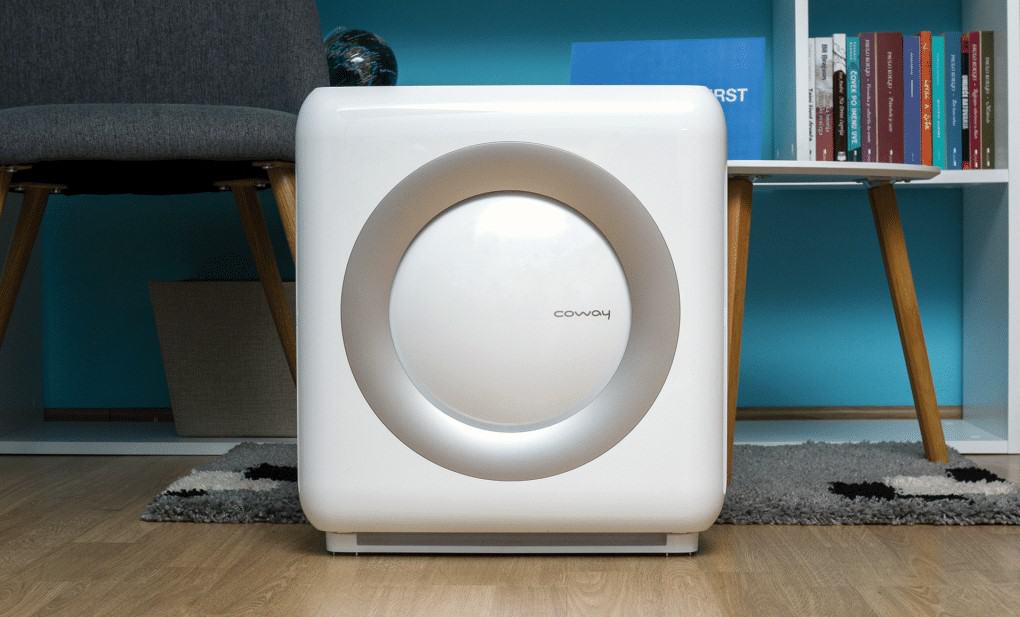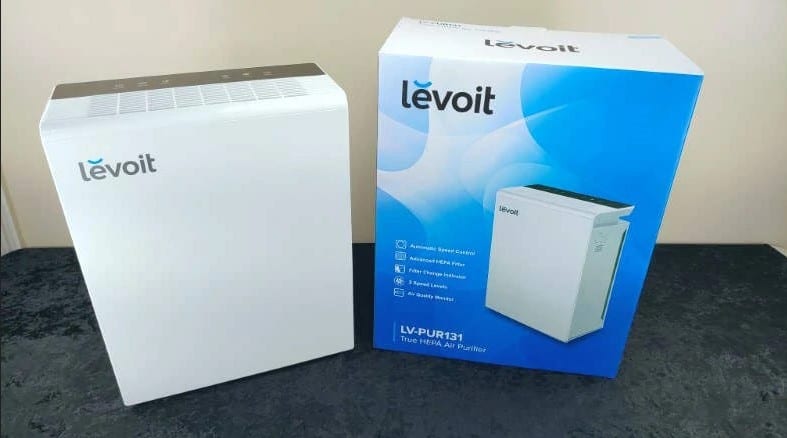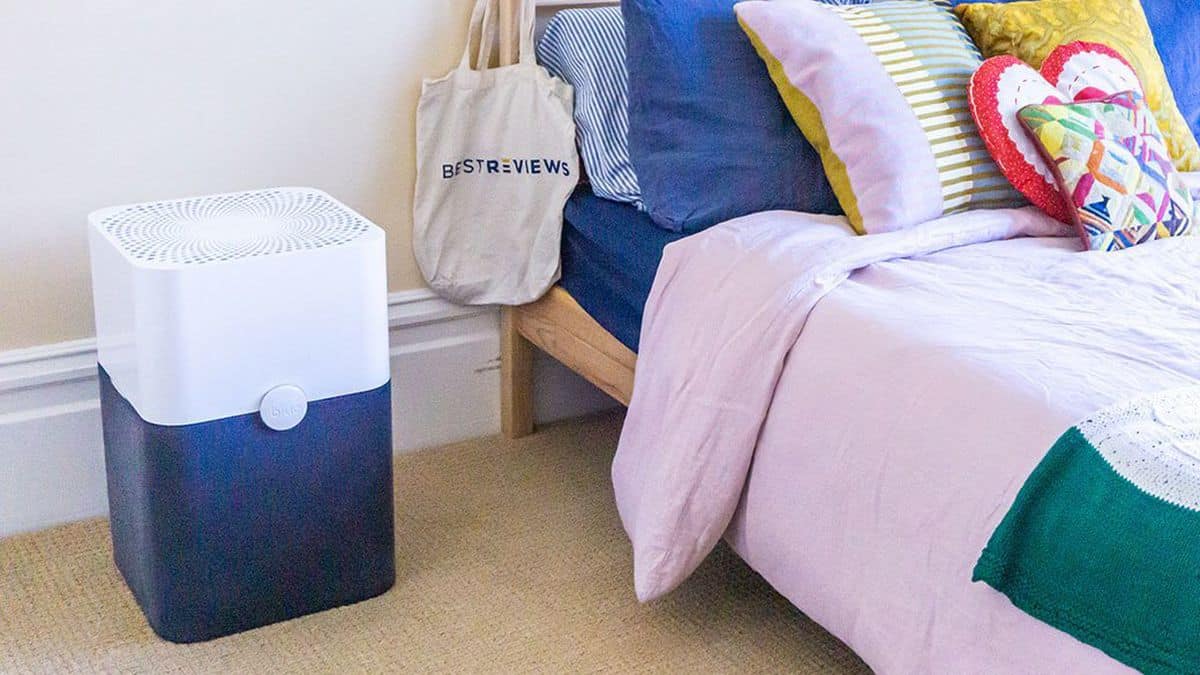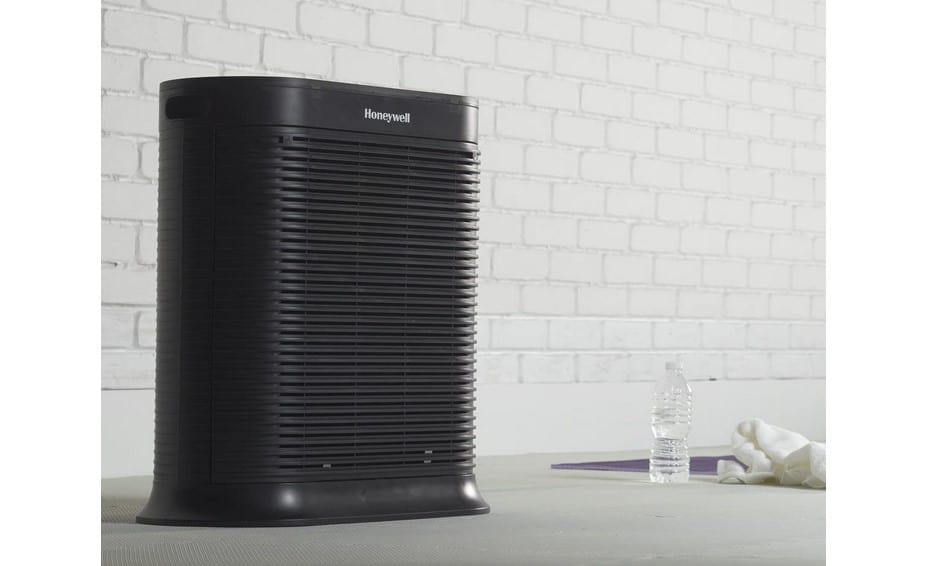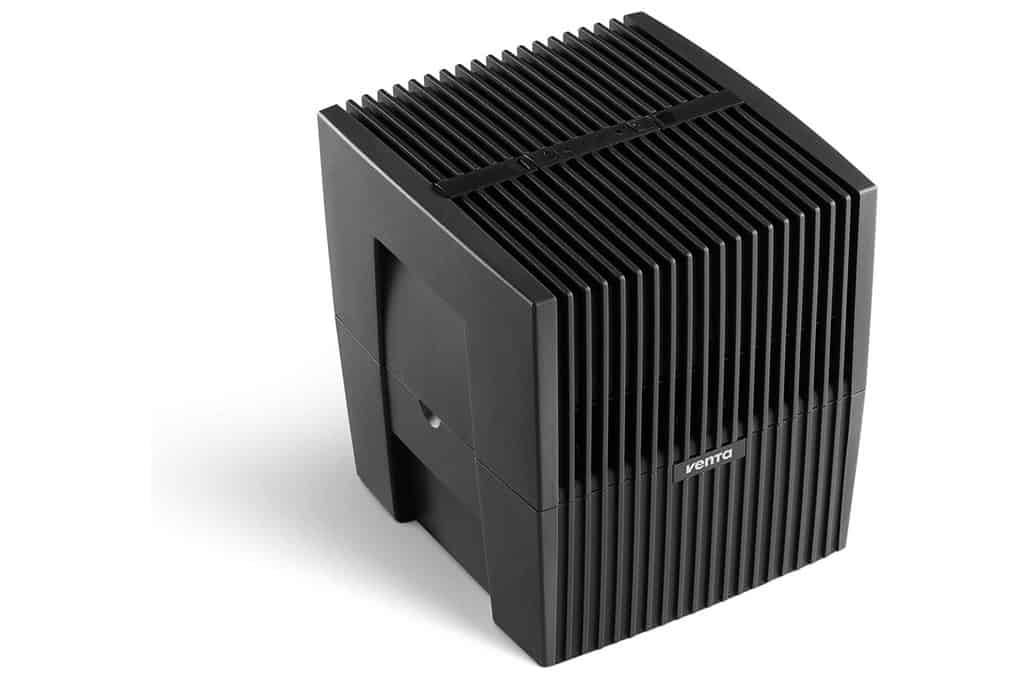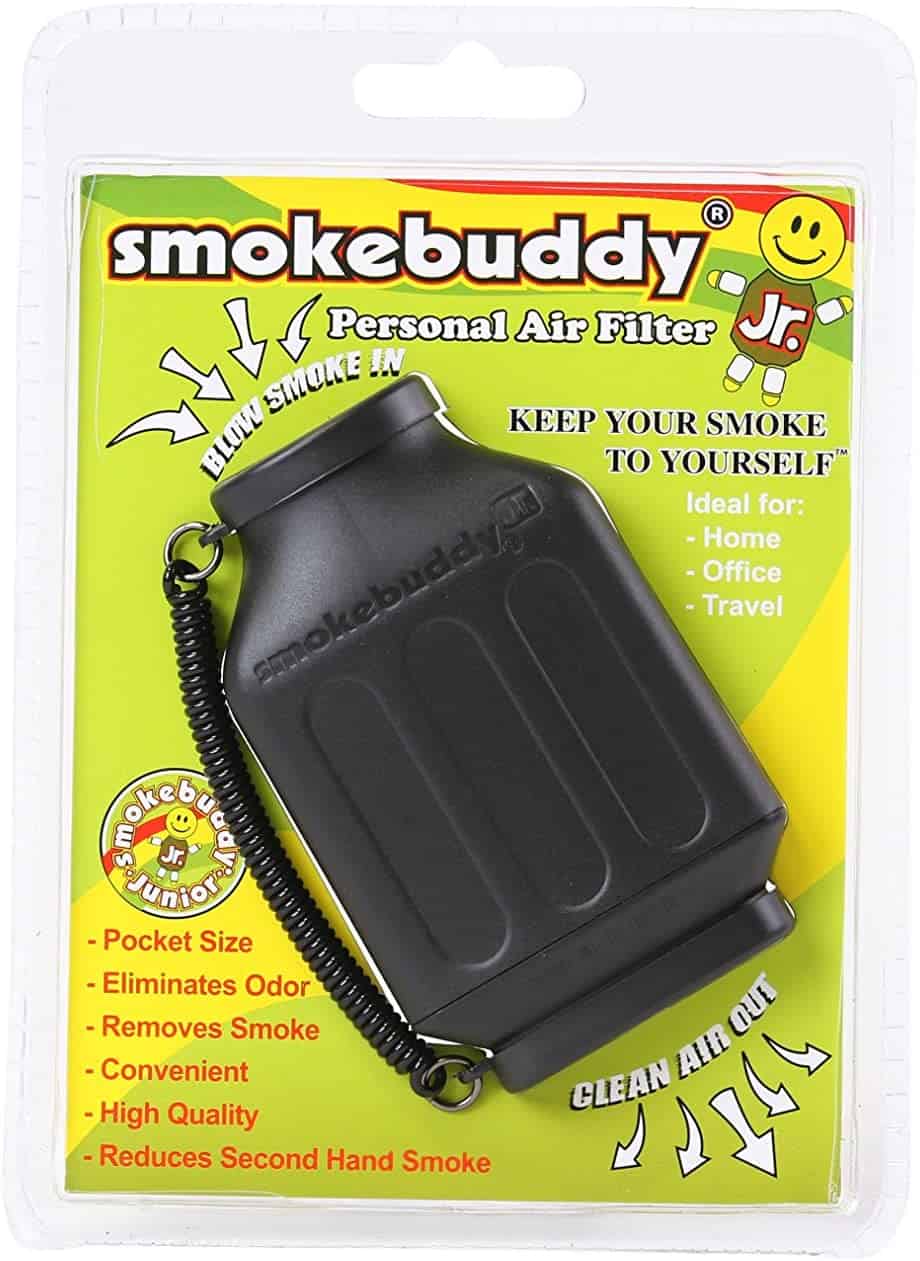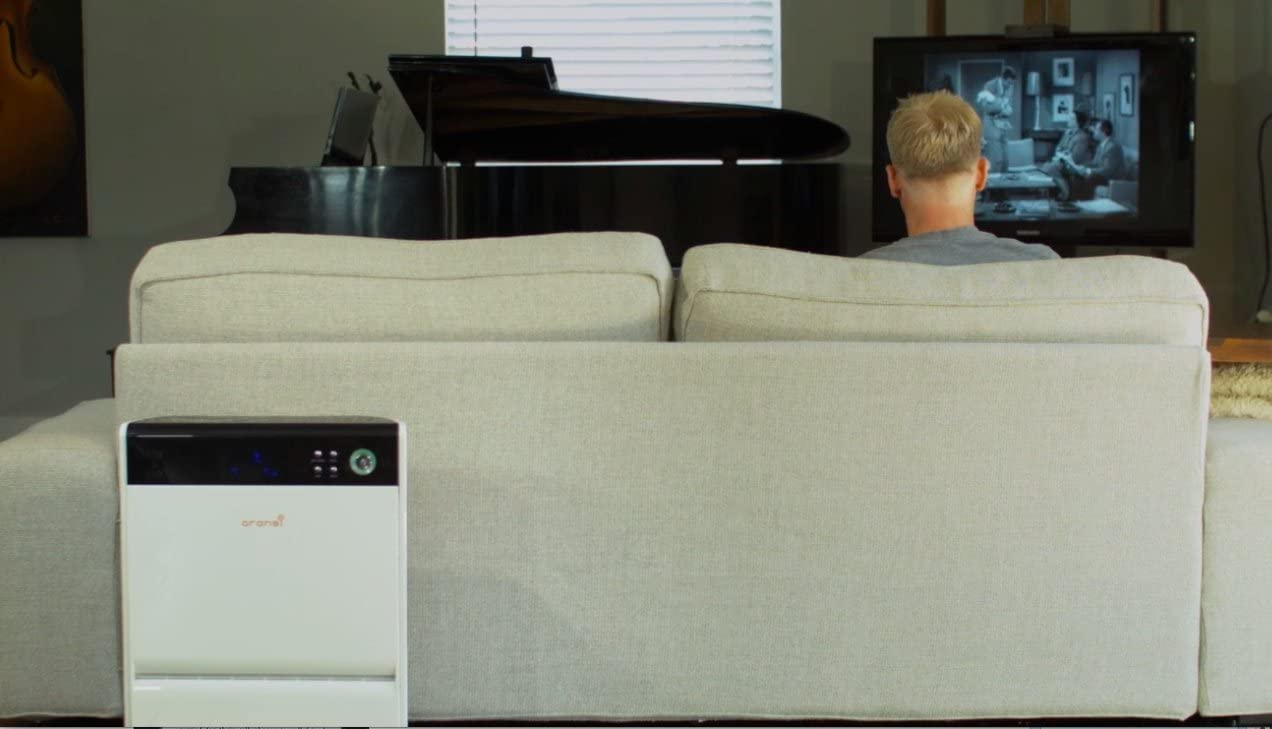Many people concerned with particulate matter (PM) concentrations may debate which is better: air purifier vs. open window. If you are like them, your questions could include whether opening a window or running an air purifier in their room results in better air quality. Additionally, you may wish to find the best air purifier and whether you should use an air purifier or ozone generator.
KEY TAKEAWAYS:
- Air purifiers enhance indoor air quality, but opening a window can affect the process and effectiveness of an air purifier.
- You may increase particulate matter concentrations when you open a window, especially during a day with low air quality.
- Some air purifiers require air ventilation while in use for long periods of time, and opening a window can help ventilate the room.
Open Window vs. Air Purifier
You effectively ventilate your rooms when you open a window, allowing some of your indoor air pollutants to pass outside. However, all indoor environments contain particles that could be harmful, especially if the house or room is dirty or contains mold. Some may want to know more about the effects of an air purifier vs. house plants. Additionally, the odors from cooking can get trapped in your home. Both an open window and an air purifier may help reduce these particles. However, if you open a window when the outdoor pollution levels are high, you could decrease your indoor air quality. So, you wouldn’t want to do that to your Xiaomi air purifier 2 or Pro models.
Are Air Purifiers Effective with Closed Windows
Brands design most air purifiers for use with the window closed, but that doesn’t mean that you can’t have the window open. Certain filters, especially high-efficiency particulate air (HEPA) filters, use filtration systems where the air passes through the filter and particles get caught in the fibers. For HEPA filters, 99.97% of indoor contaminants 0.3 microns in size or larger stick to the filter. In addition, filters with a MERV rating of 13 or higher get rid of at least 90% of virus-containing aerosol particles. When the window is open, the air purifier reduces the particles in the air, but outside air will also be mixed with the purified air. This works a bit differently than diffusers vs air purifiers.
Other Types of Air Purifiers
There are several types of air purifiers that help eliminate harmful organic compounds inside the house. These devices include activated carbon filters, electrostatic precipitators, ionic air purifiers, and ozone generators. However, many consider HEPA to be the best option when it comes to an air filter. However, each air purifier works differently, so some manufacturers combine several filtrations systems in one unit.
Insider Tip
Activated Carbon Filters
Ideally, air cleaners that only have activated carbon filters should be used to remove odors and toxic gaseous pollutants. Although these appliances trap some PM, they do not catch most of it. However, they do stop respiratory droplets from hanging in the air. As a result, they can be helpful for the elimination of viruses when combined with other methods that will remove pollutants.
Electrostatic Precipitators
Air cleaners that use electrostatic precipitators may provide another helpful method for removing airborne contaminants, though they may not have the same results as a HEPA device. Electrostatic precipitators clean the air within indoor spaces by charging the molecules with electricity. They then stick to the metal plates within the cleaner, reducing the risks associated with different conditions. In particular, these devices may reduce fine PM from dust, smoke, and gases.
Ionic Air Purifiers
Many ionic air purifiers do not eliminate particulate matter from the air. Like electrostatic precipitators, these devices use ions to charge particles within the airflow passing around the device. However, the particles stick to anything nearby, and they don’t have any plates to collect the particles. Because of this element, the pollutants may stick to various items in your environment, including your clothes and yourself.
Warning
Outdoor air quality may increase particulate matter in the house if the window is open.
Ozone Generators
Some devices that are used primarily on a commercial level generate ozone as the air flows around them. These appliances are mainly used to eliminate mold from an area, not for air filtration. Because they generate ozone, they may be dangerous for people with asthma or other respiratory issues. If you plan on having a professional use one of these devices in your home, make sure you ventilate the area well by opening windows or doors or by using a combination of air conditioners and an open window.
F.A.Q.
Are there times when you should only use an air purifier and not open a window?
Yes, if your county has an air quality alert, you should not open your windows, especially if you have respiratory symptoms already. These alerts and the current outdoor air quality can be found online or on most weather apps.
Should the windows be closed when the air purifier is running?
Generally, an air purifier works best when the windows are closed because outdoor particulate matter is not coming inside. However, sometimes opening the window can help to reduce some of the indoor pollutants.
What are other ways I can improve the air quality in my home?
To improve air quality in your home, keep your house clean, open windows, or run an air purifier, though a combination of these elements may be beneficial.
STAT: A MERV rating of 13 or higher (MERV 13+) means that the filter gets rid of at least 90% of the particles the size of virus-containing aerosols. (source)

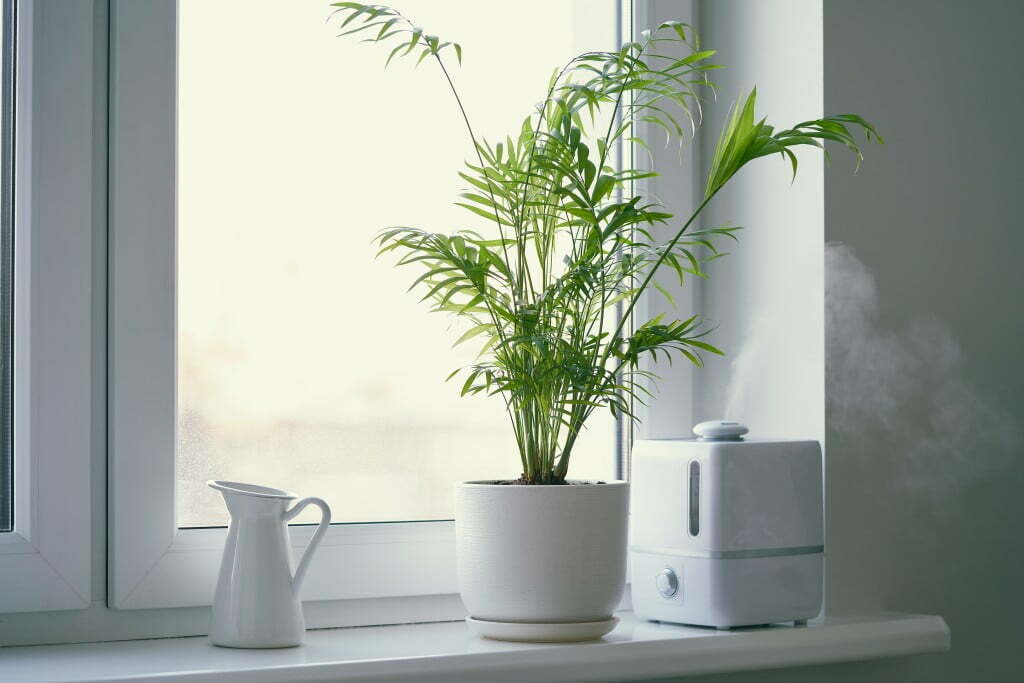













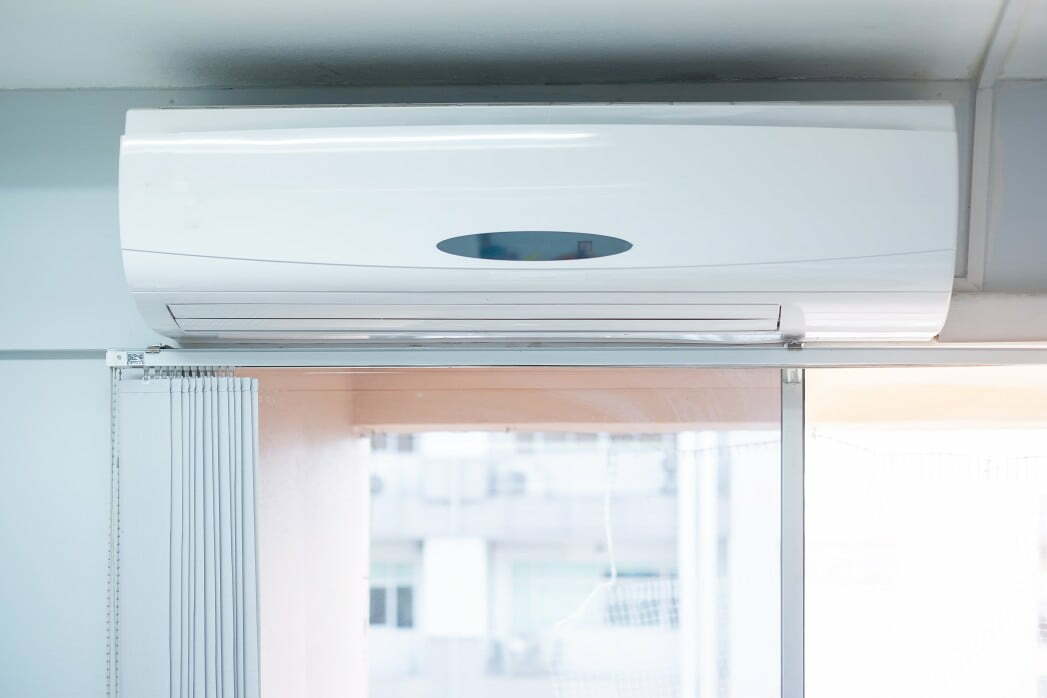

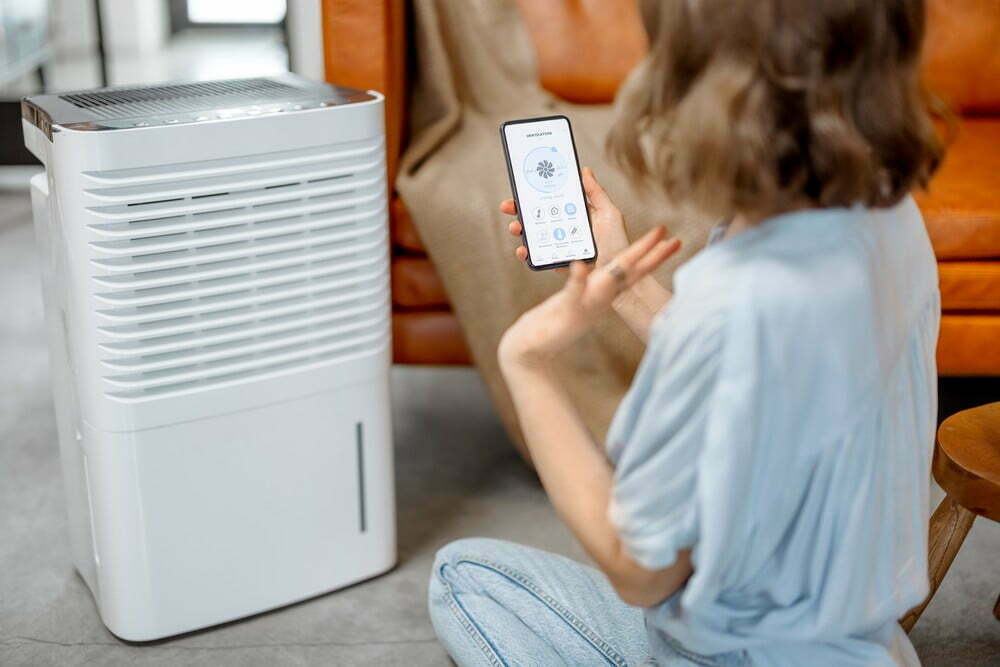
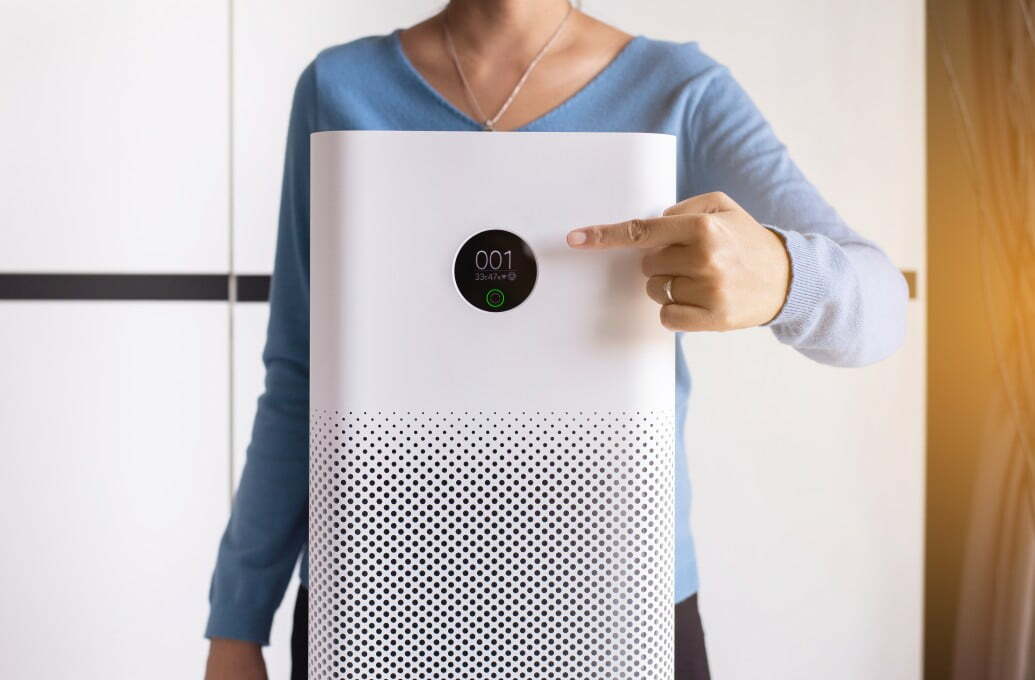
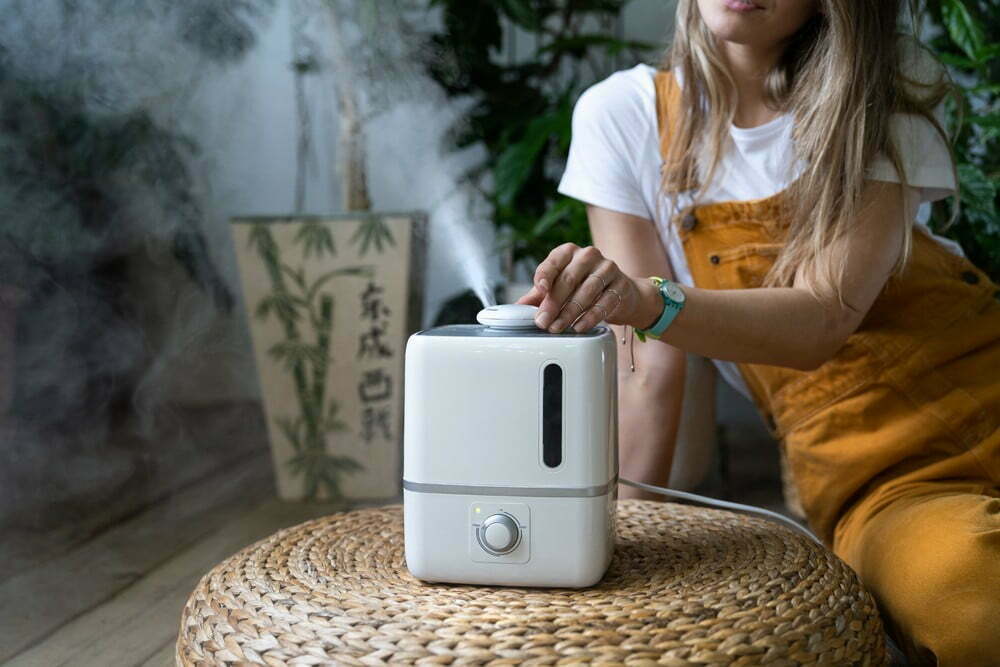
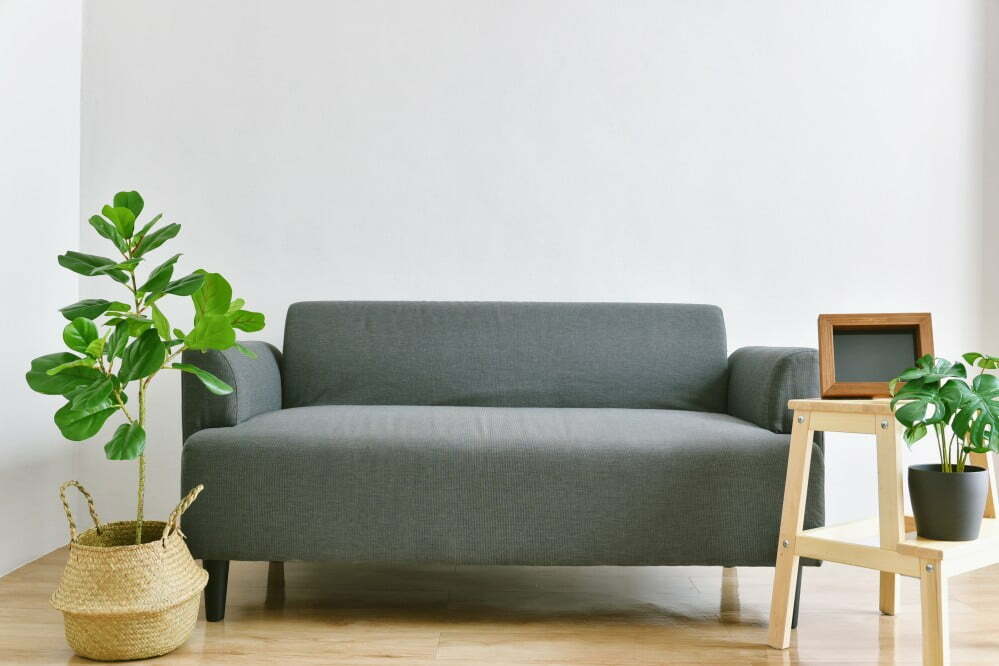

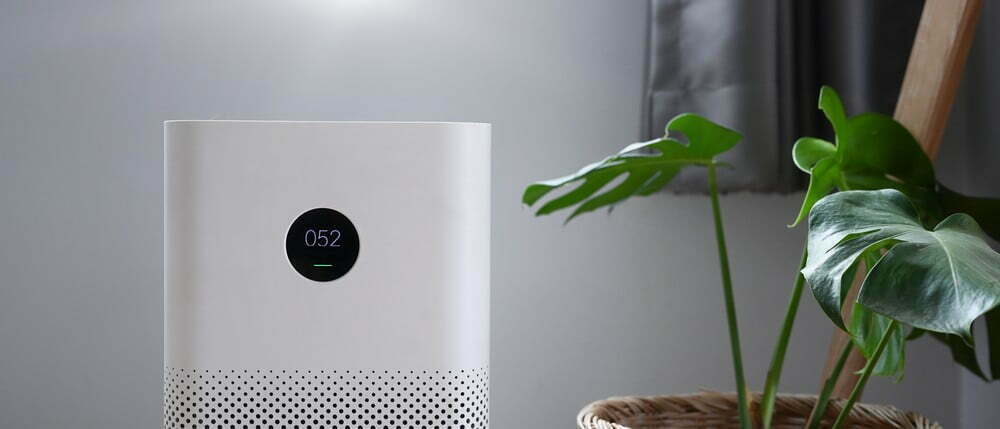
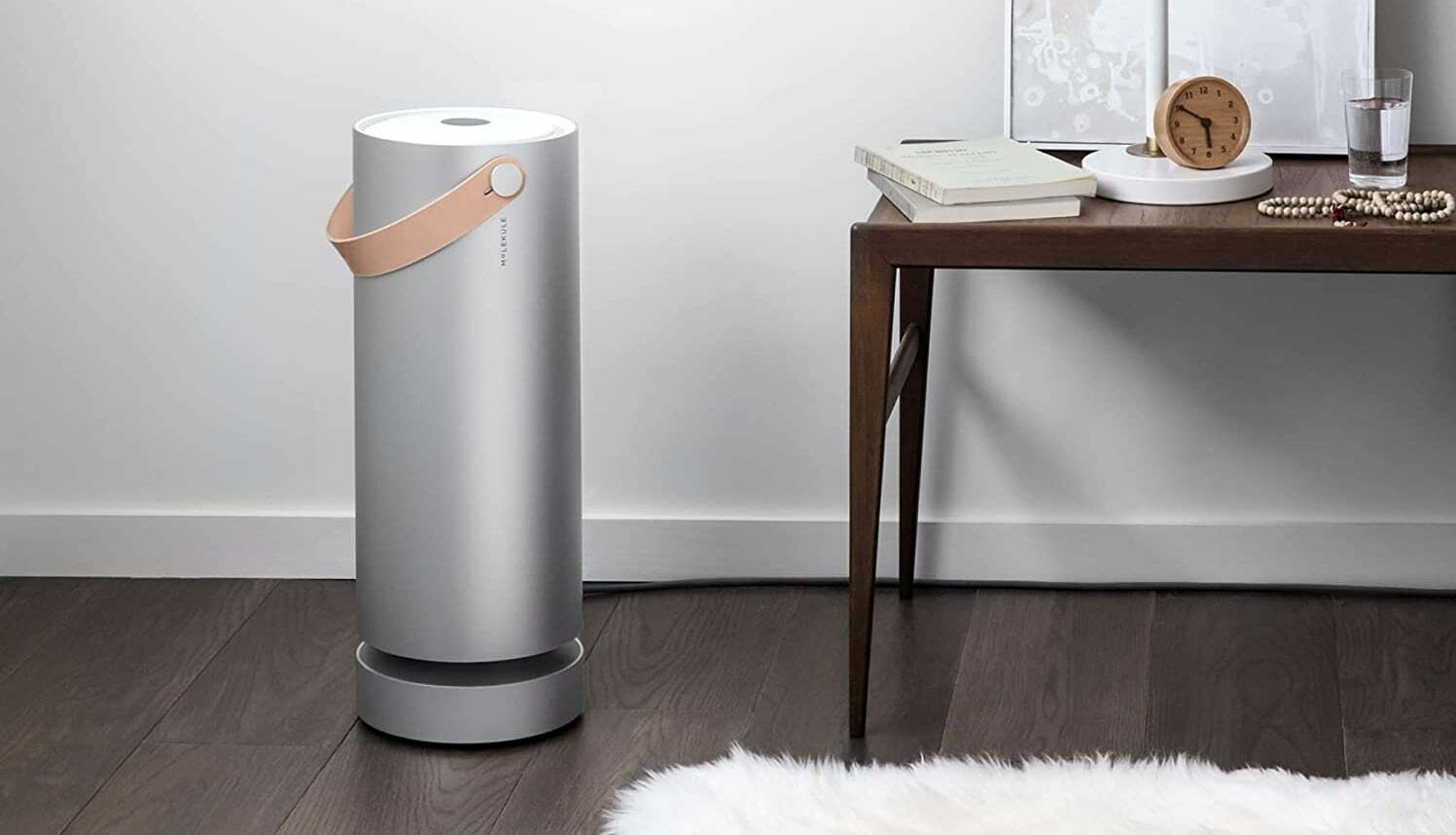
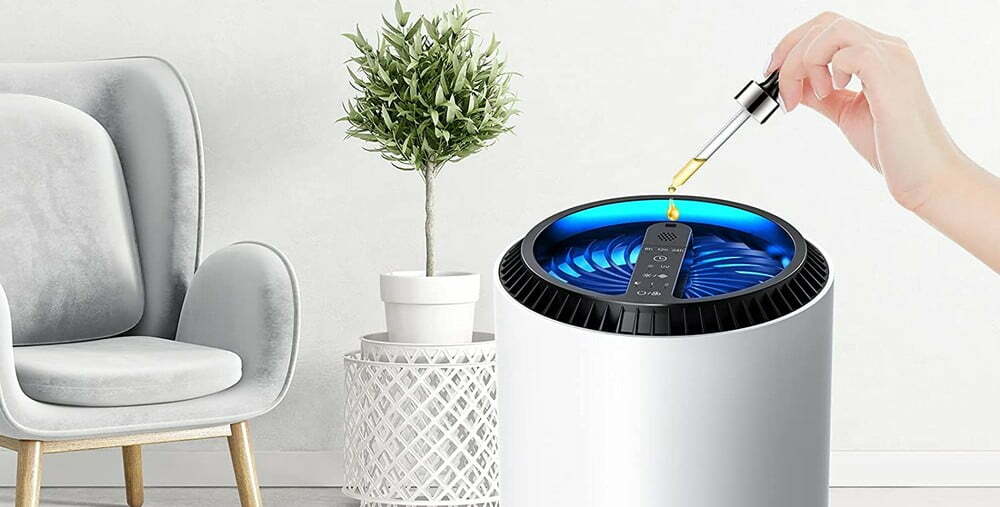
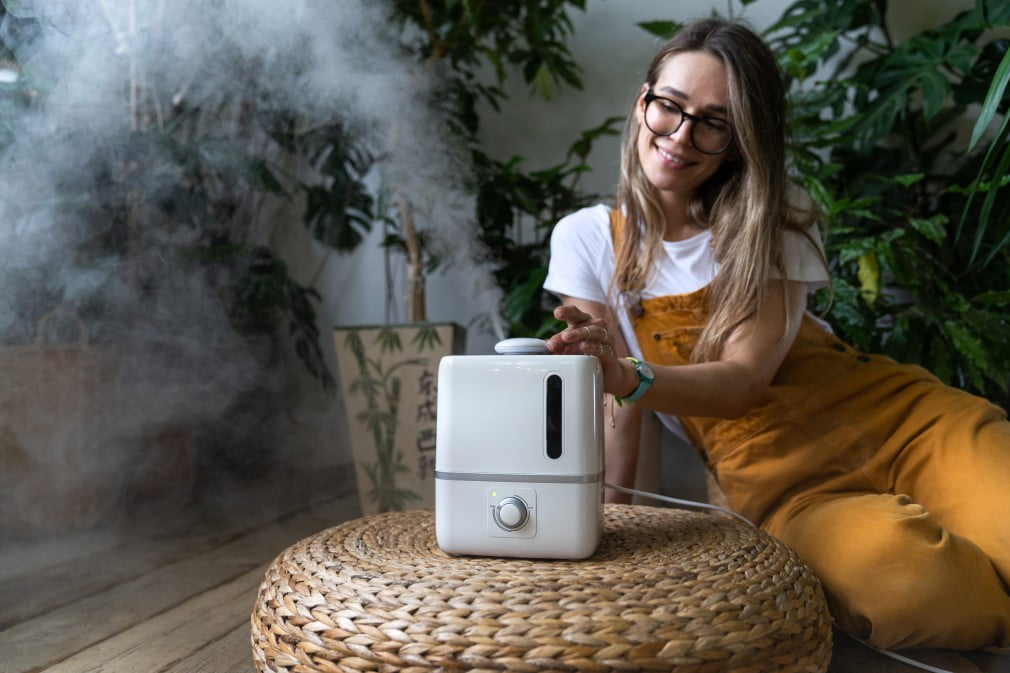
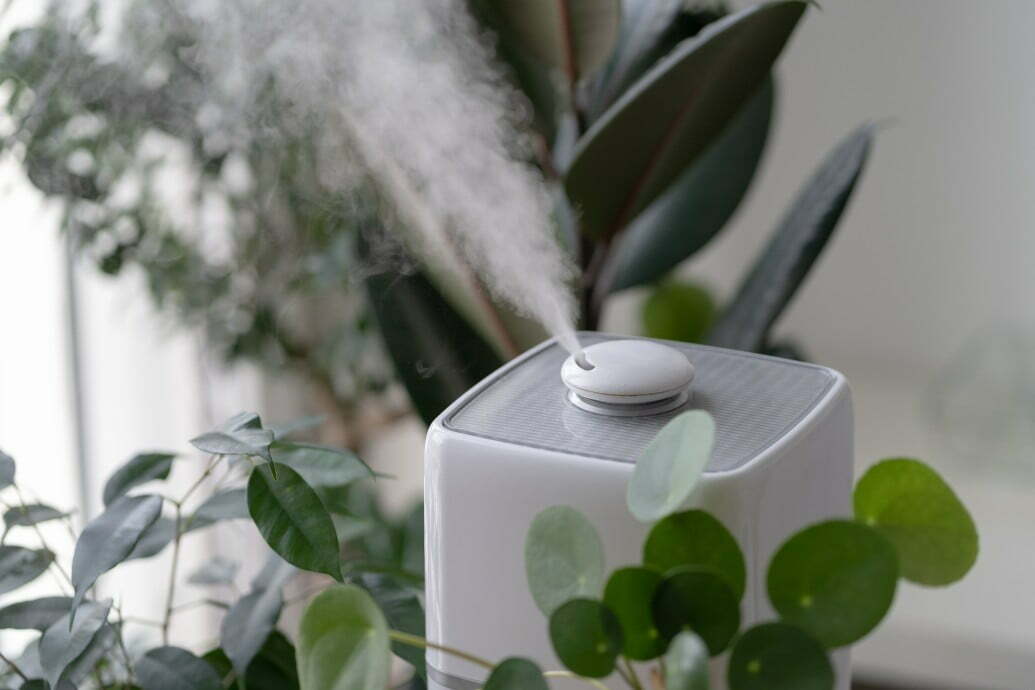
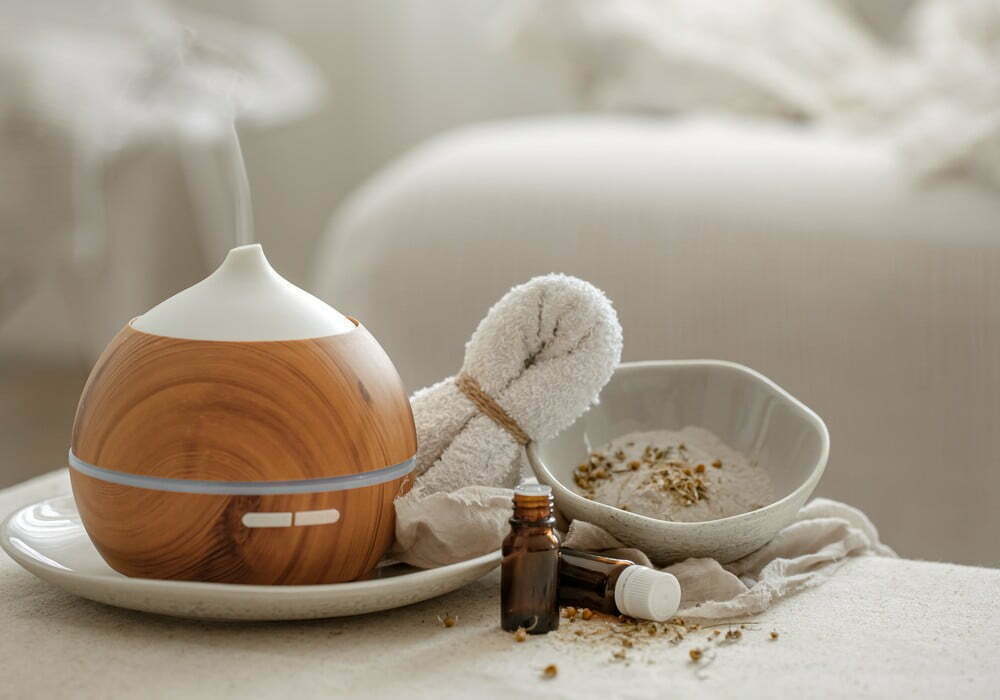
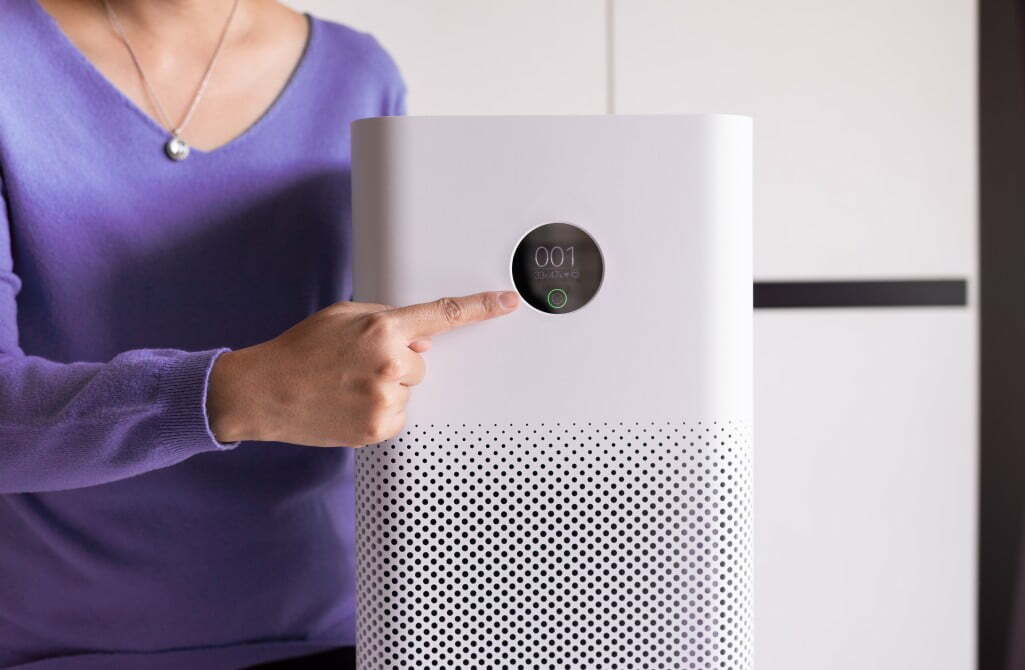
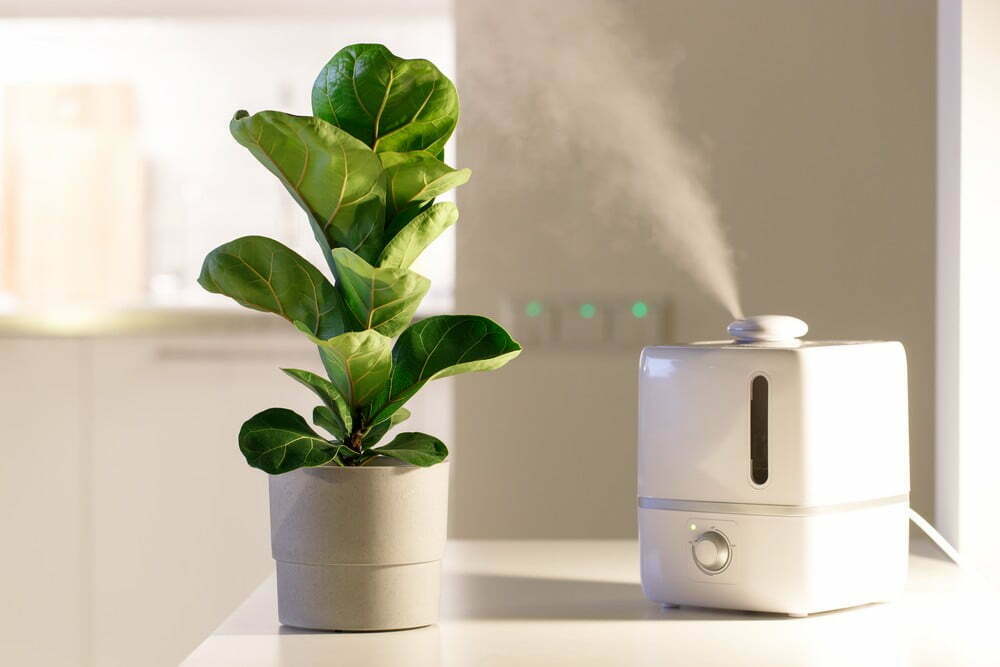

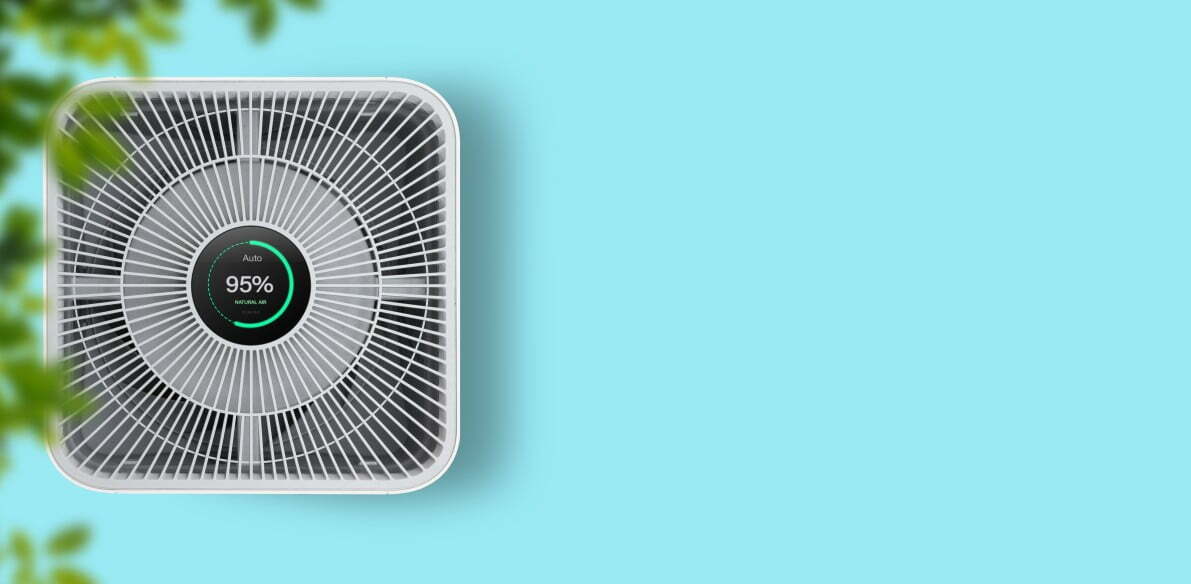
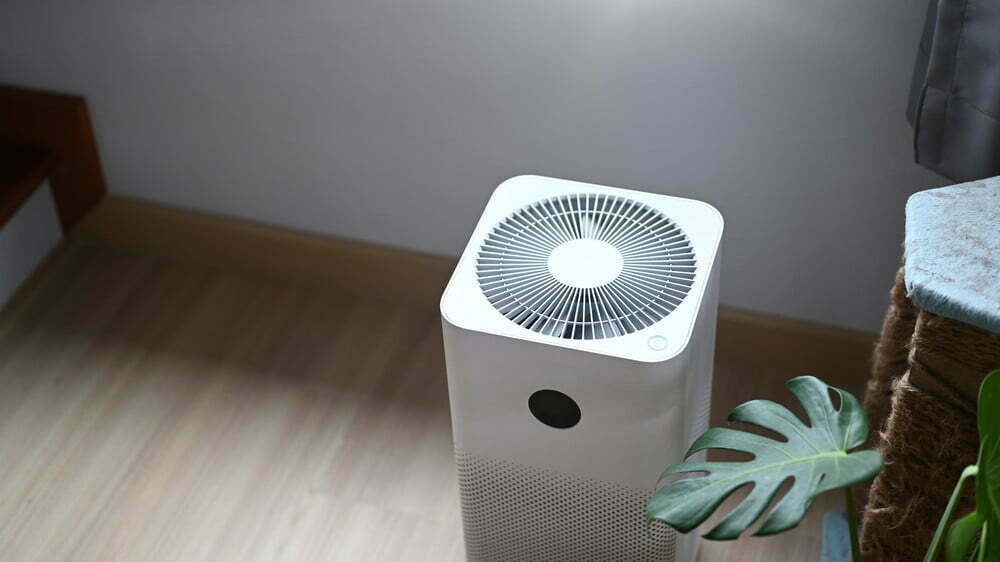
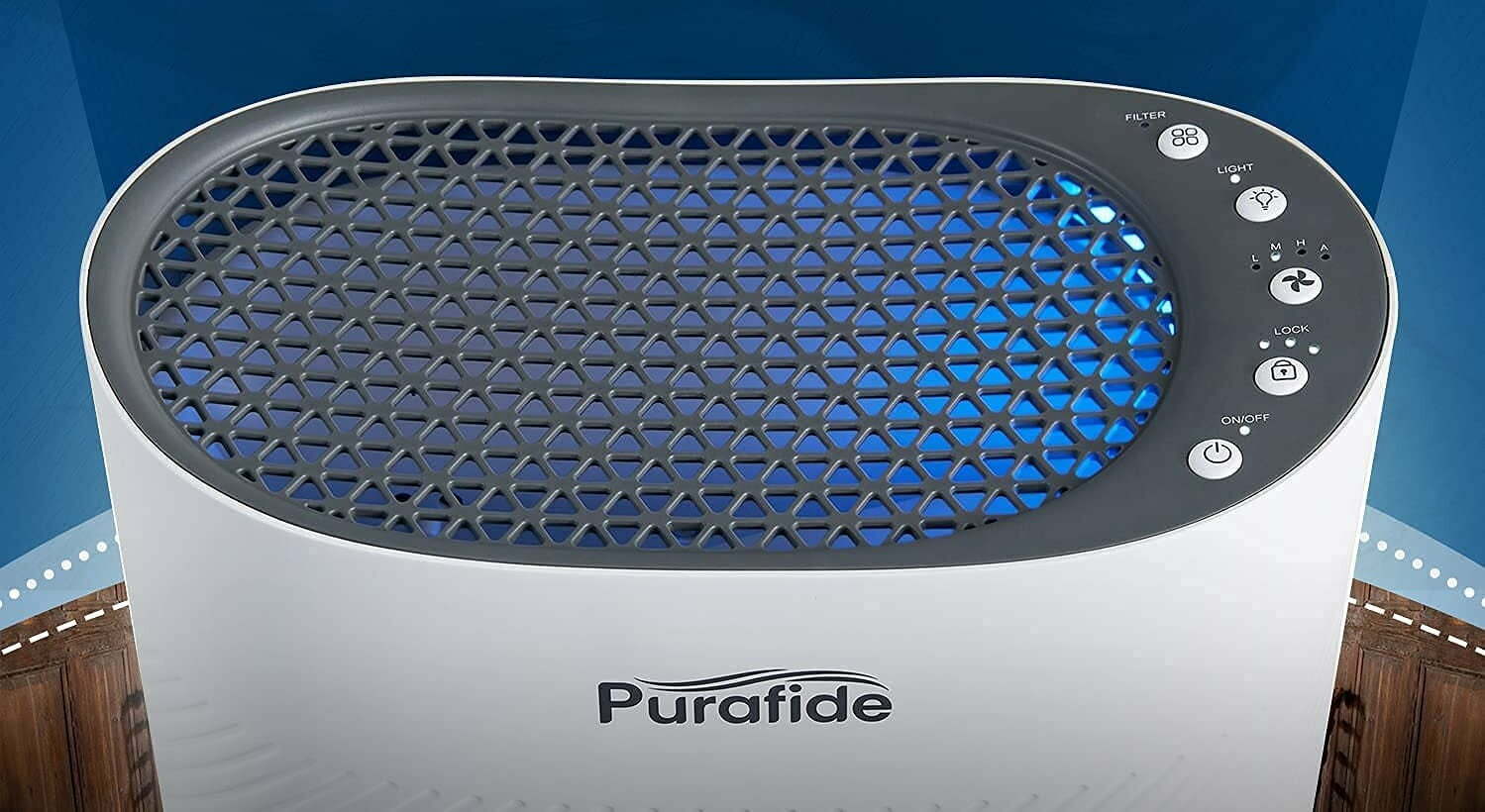
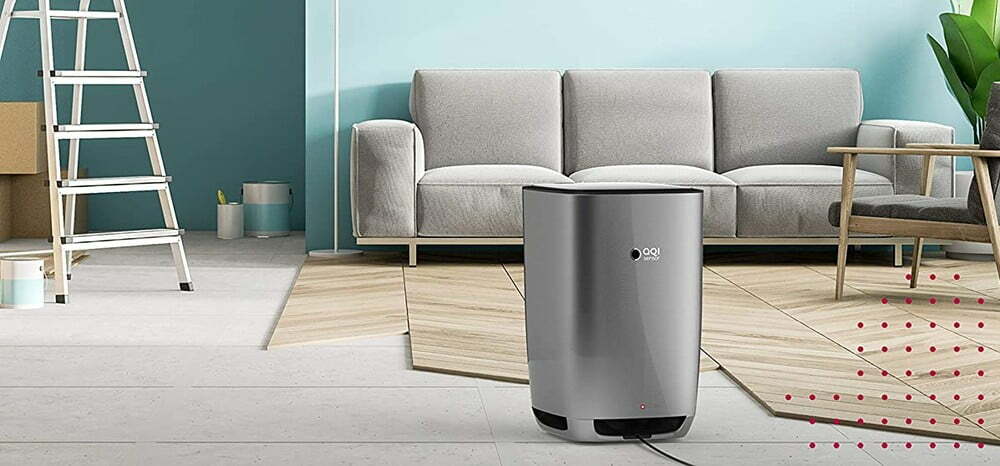
![Best Air Purifiers for VOCs and Formaldehyde in [year] 27 Best Air Purifiers for VOCs and Formaldehyde in 2026](https://www.gadgetreview.dev/wp-content/uploads/best-air-purifier-for-vocs-and-formaldehyde-image.jpg)
![Best Air Purifier in [year] ([month] Reviews) 28 Best Air Purifier in 2026 (January Reviews)](https://www.gadgetreview.dev/wp-content/uploads/Honeywell-True-HEPA-Allergen-Remover-HPA300-e1475603569442.jpg)
![Best Air Purifiers for Dust in [year] 29 Best Air Purifiers for Dust in 2026](https://www.gadgetreview.dev/wp-content/uploads/best-air-purifier-for-dust-image.jpg)
![Best Honeywell Air Purifiers in [year] 30 Best Honeywell Air Purifiers in 2026](https://www.gadgetreview.dev/wp-content/uploads/best-honeywell-air-purifier-image.jpg)
![Best Germicidal Air Purifiers in [year] 31 Best Germicidal Air Purifiers in 2026](https://www.gadgetreview.dev/wp-content/uploads/best-germicidal-air-purifier-image.jpg)
![Best Filterless Air Purifiers in [year] 32 Best Filterless Air Purifiers in 2026](https://www.gadgetreview.dev/wp-content/uploads/best-filterless-air-purifier-image.jpg)
![Best Levoit Air Purifiers in [year] 33 Best Levoit Air Purifiers in 2026](https://www.gadgetreview.dev/wp-content/uploads/best-levoit-air-purifier-image.jpg)
![Best Air Purifiers for Smoking Weed in [year] 34 Best Air Purifiers for Smoking Weed in 2026](https://www.gadgetreview.dev/wp-content/uploads/best-air-purifier-for-smoking-weed-image.jpg)
![Best Quiet Air Purifiers in [year] 35 Best Quiet Air Purifiers in 2026](https://www.gadgetreview.dev/wp-content/uploads/best-quiet-air-purifier-image.jpg)
![Best Desktop Air Purifiers in [year] 36 Best Desktop Air Purifiers in 2026](https://www.gadgetreview.dev/wp-content/uploads/best-desktop-air-purifier.jpg)
![Best Dyson Air Purifiers in [year] 37 Best Dyson Air Purifiers in 2026](https://www.gadgetreview.dev/wp-content/uploads/best-dyson-air-purifier.jpg)
![Best Air Purifiers for Dorm Room in [year] 38 Best Air Purifiers for Dorm Room in 2026](https://www.gadgetreview.dev/wp-content/uploads/air-purifier-for-dorm-room-1.jpg)
![Best Air Purifiers for Office in [year] 39 Best Air Purifiers for Office in 2026](https://www.gadgetreview.dev/wp-content/uploads/best-air-purifier-for-office.jpg)
![Best Air Purifiers for Basement in [year] 40 Best Air Purifiers for Basement in 2026](https://www.gadgetreview.dev/wp-content/uploads/best-air-purifier-for-basement.jpg)
![Best Air Purifiers For Odor in [year] 41 Best Air Purifiers For Odor in 2026](https://www.gadgetreview.dev/wp-content/uploads/best-air-purifier-odor.jpg)
![10 Best Personal Air Purifiers in [year] 42 10 Best Personal Air Purifiers in 2026](https://www.gadgetreview.dev/wp-content/uploads/best-personal-air-purifiers.jpg)
![10 Best Plug In Air Purifiers in [year] 43 10 Best Plug In Air Purifiers in 2026](https://www.gadgetreview.dev/wp-content/uploads/best-plug-in-air-purifier-image.jpg)
![10 Best Whole House Air Purifiers in [year] 44 10 Best Whole House Air Purifiers in 2026](https://www.gadgetreview.dev/wp-content/uploads/best-whole-house-air-purifier-image.jpg)
![10 Best Large Room Air Purifiers in [year] 45 10 Best Large Room Air Purifiers in 2026](https://www.gadgetreview.dev/wp-content/uploads/Coway-Airmega-200M-Large-Room-Air-Purifier-900x900-1.png)
![10 Best UV Air Purifiers in [year] 46 10 Best UV Air Purifiers in 2026](https://www.gadgetreview.dev/wp-content/uploads/best-uv-air-purifier.jpg)
